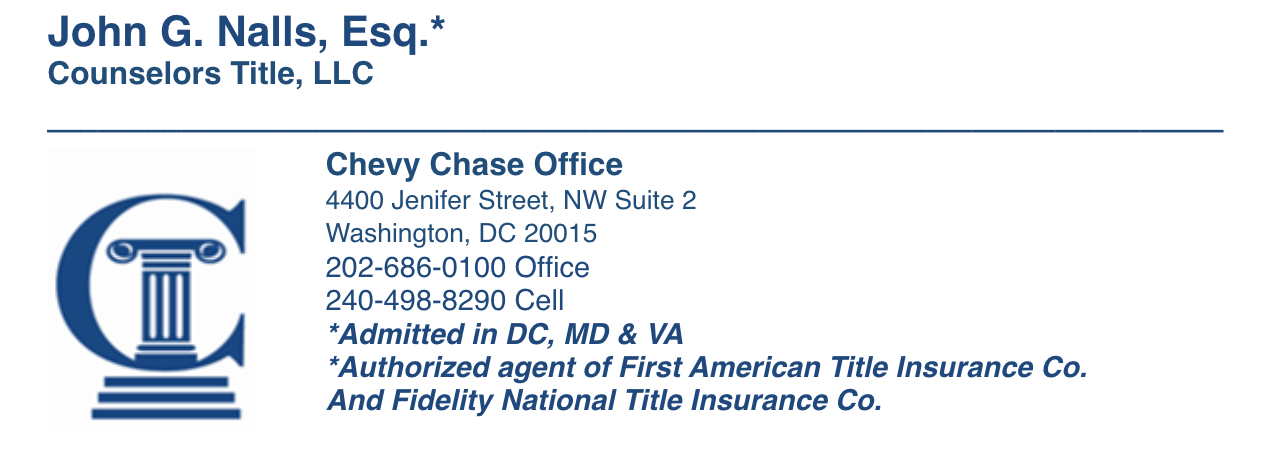For many people, real estate ownership comes not from a purchase but through inheritance. The passing of a family member or close friend often brings not just emotional challenges, but also the responsibility of managing property left behind. Navigating these transfers can be confusing, yet understanding the process is critical to avoiding costly mistakes.
One key benefit for heirs is the “step-up in basis.” This provision adjusts the property’s value to its fair market value at the date of the owner’s death. That means when heirs sell, they may owe little to no capital gains tax. However, to take advantage of this benefit, the property must be transferred appropriately. And that starts with knowing how the property was titled at the time of death.
Let’s walk through the primary forms of ownership and how each one affects the transfer process.
1. Individual Ownership
If the property was solely in the decedent’s name, an estate must be opened. This typically requires filing a Petition for Probate with the local Probate Court or Register of Wills.
If the decedent left a Last Will and Testament, it should name a Personal Representative (also called an Executor). Once approved by the court, the Personal Representative receives Letters of Administration, granting legal authority to transfer property and handle other estate matters.
If there is no Will (intestate), the court still requires a petition, but applicants must prove their legal priority (often surviving spouses or children). Sometimes, siblings or other relatives with equal rights must consent before one person is appointed.
A common misconception is that a Power of Attorney remains effective after death. In reality, all Powers of Attorney end when the individual dies—only a court-appointed representative can act on behalf of the estate.
---
2. Tenants in Common
When property is owned as Tenants in Common, each owner holds a percentage interest—either equal or unequal. Upon one owner’s death, their share does not automatically pass to the others. Instead, it becomes part of their estate and follows the probate process outlined above.
---
3. Joint Tenancy
Joint Tenancy allows two or more owners to hold equal shares with rights of survivorship. This means that when one owner dies, their interest automatically transfers to the surviving joint tenant(s) without probate.
If the last joint tenant dies, however, the property becomes part of their estate and requires probate.
---
4. Tenancy by the Entirety
Reserved for married couples in many states, Tenancy by the Entirety also provides survivorship rights. When one spouse dies, the surviving spouse automatically becomes the sole owner, bypassing the need for probate.
If the surviving spouse later passes, the property then becomes part of their estate.
---
5. Trust Ownership
Many property owners place real estate into a revocable living trust to avoid probate altogether. The trust, as a separate legal entity, continues to own the property even after the original owner (the “settlor”) passes away.
Typically, the settlor serves as trustee during life and names a successor trustee for when they die. That successor then has full authority to manage or sell the property and the trust will receive the “step-up in basis” since the property passes due to the settlor’s death..
---
6. Life Estate Deeds
Although less common today, a Life Estate Deed allows one person (the Life Tenant) to live in and control the property for their lifetime, while another person (the Remainderman) holds the future ownership interest.
Both parties must agree to a sale during the Life Tenant’s lifetime (unless the deed grants otherwise). Upon the Life Tenant’s death, the Remainderman automatically becomes full owner—no probate required.
---
7. Transfer-on-Death (TOD) Deeds
Some states permit a Transfer-on-Death (TOD) Deed, which lets an owner designate a beneficiary. While the beneficiary has no rights in the property during the owner’s life, the property transfers automatically upon death, avoiding probate.
---
Why This Matters
Property transfers after death are often overlooked until it’s too late, causing delays in sales, disputes among heirs, and even unnecessary tax burdens. By confirming how property is titled and understanding the process in advance, families can save time, money, and stress during an already difficult period.
Whether through probate, survivorship rights, or trusts, the goal is the same: a smooth, legally sound transition of ownership. With proper planning, heirs can not only preserve the property’s value but also take advantage of the step-up in basis—a significant financial benefit.
---
Final Thoughts
Death may end a life, but it does not end property ownership. Knowing whether a property will pass through probate, survivorship, or a trust is essential for heirs to act quickly and effectively.
If you’re unsure how your—or a loved one’s—property is titled, reviewing the deed now can prevent confusion later. And if necessary, consult with a real estate attorney or estate professional. A little preparation today can make a world of difference tomorrow
.





